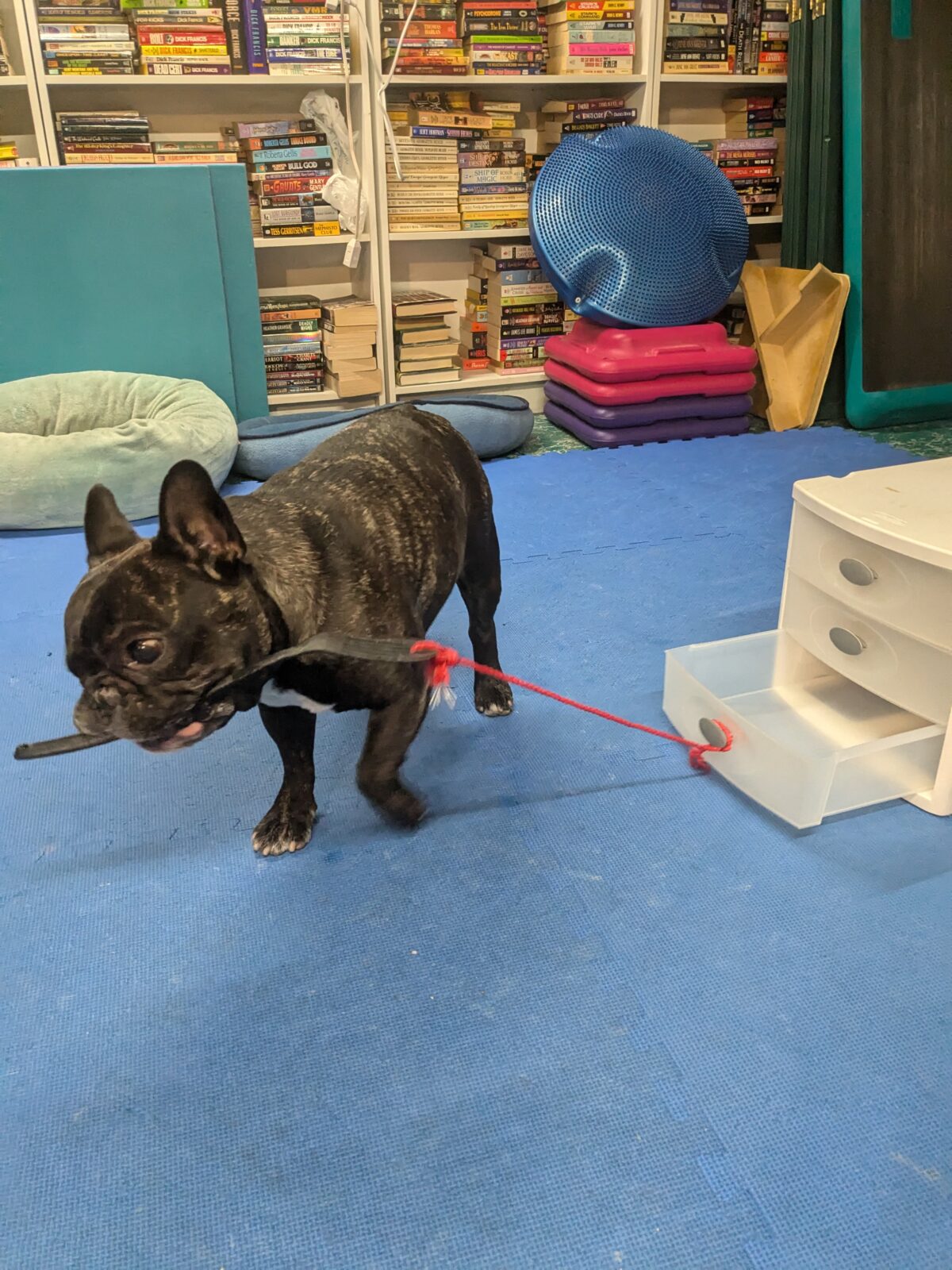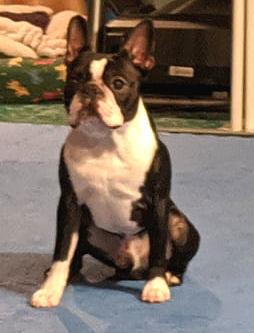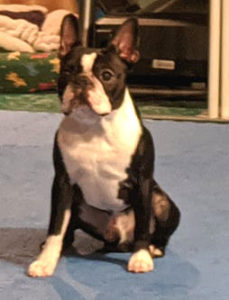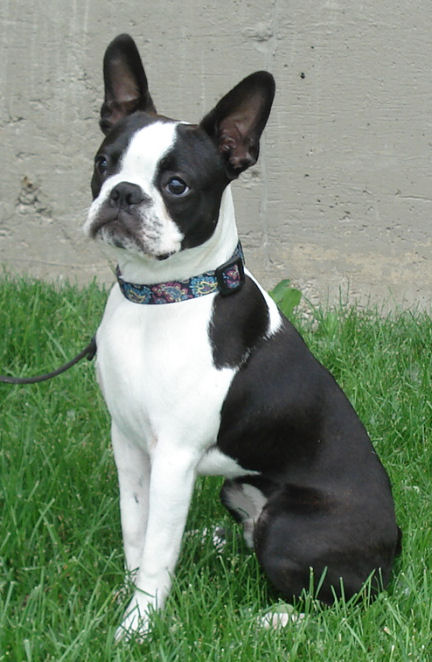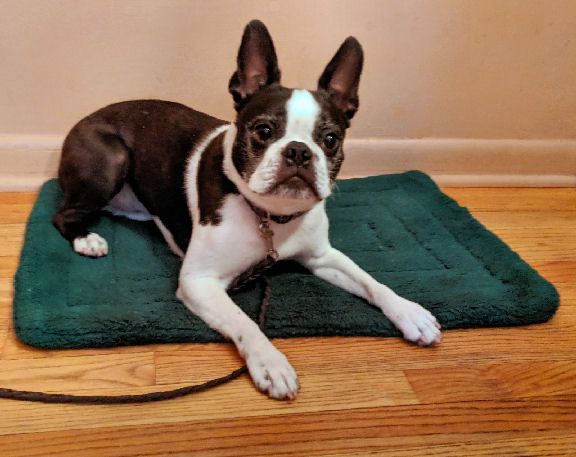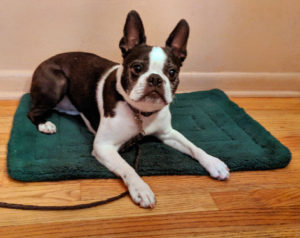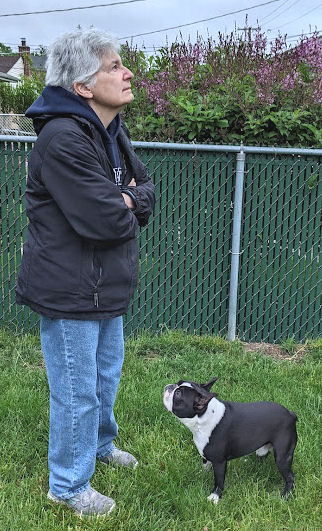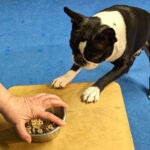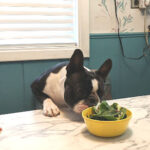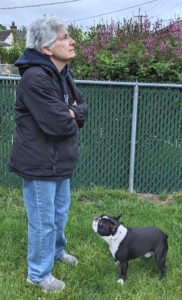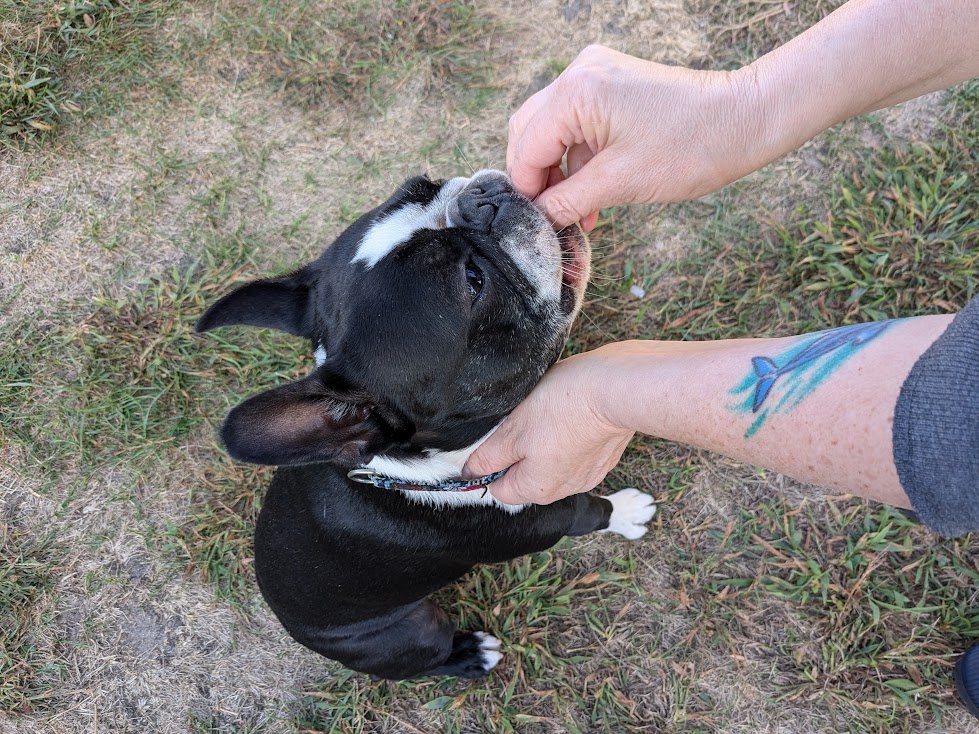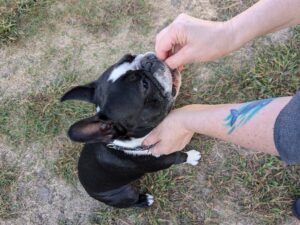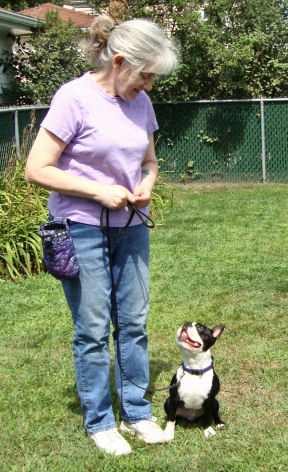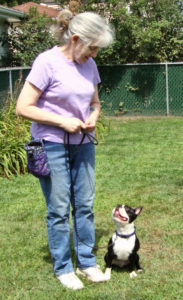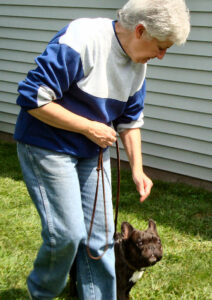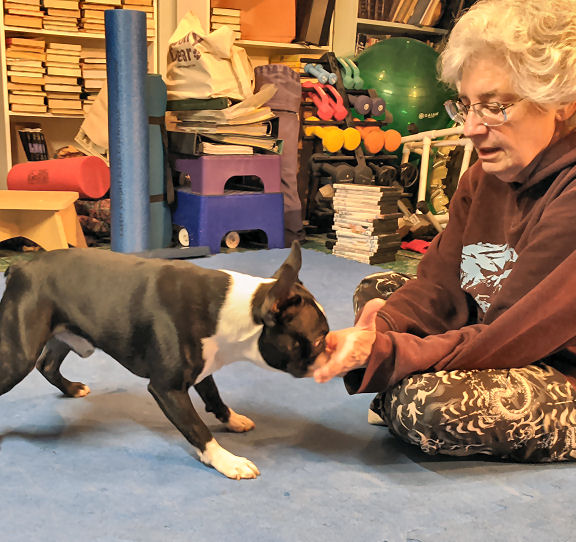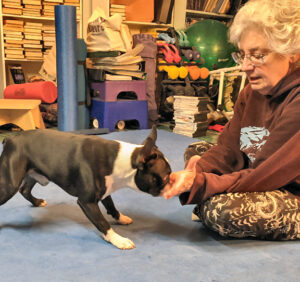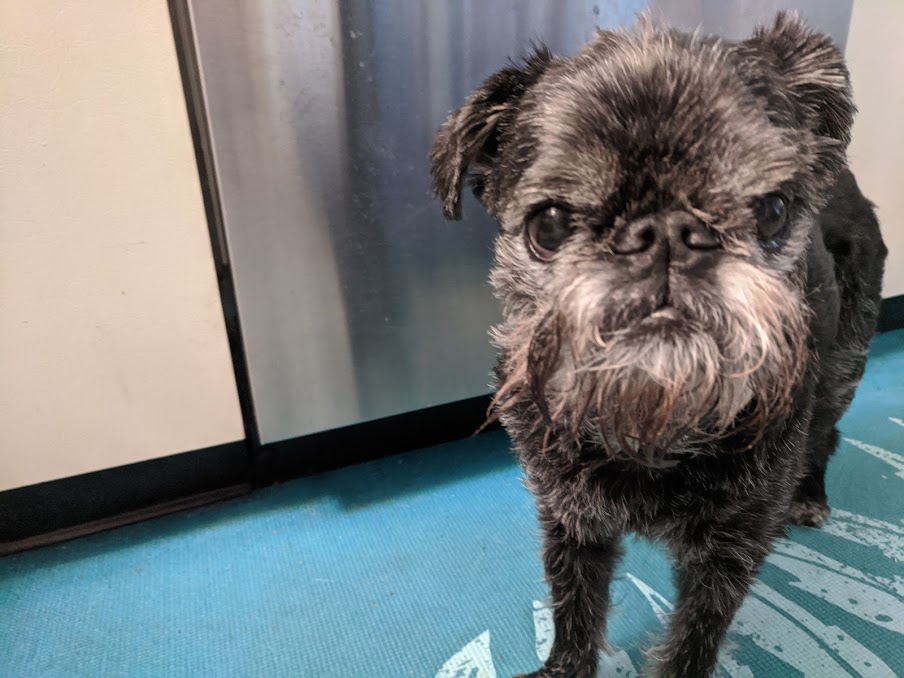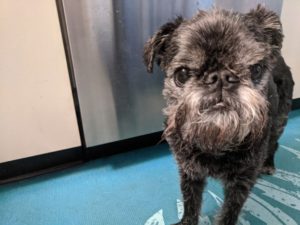There are some dogs who are naturals at opening doors, drawers, or figuring out any obstacle that stands between them and their goal. If you have a dog that opens doors, drawers, hampers, garbage cans, you probably don’t need this game. The Teach Your Pup to Pull game is for the rest of us, whose dogs sit there and look at you with adorable puppy-dog eyes. And plead with you to open the goodie cabinet.
How it started
Hope had the notion that she’d like to create a little skit with Torque, using his various behaviors to tell a story. The idea came from watching the amazing winners of the AKC’s Virtual Trick Dog Championship. There’s nothing in those videos that’s beyond any of our dogs, it’s just a matter of putting the pieces together.
One of the behaviors needed for the scenario Hope imagined was for Torque to open a drawer to find a clue to the mystery. It seems a simple enough trick – after all, most dogs, including Torque, love to play tug.
It turned out not to be so simple after all. An essential component of “Tug!” Is someone on the other end providing resistance. Pulling a drawer open isn’t the same, from the dog’s point of view. We’d have to teach our pup to pull
How it’s going
The first step was choosing something to attach to the drawer that Torque could pull on. When you see videos of dogs opening stuff, generally speaking there’s a towel, rope, or piece of cloth for them to grab.
That was a no-go for Torque. He would pick up a rope, but not have any idea what to do with it once he was holding it. Part of the issue was the drawer set we were using (pictured). There really isn’t a handle that a dog can grab. The knob is too small to have a large rope around it.
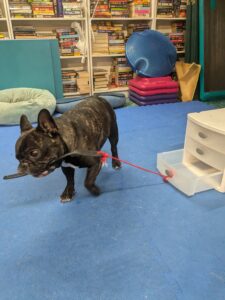
To move on to the meatier parts of the behavior, Hope tied a familiar “put it away” object to the rope, a plastic spatula. Torque knew it from the other game.
The next obstacle was getting him to take the tied-on spatula away from the drawers. He was absolutely convinced that putting it on top of the drawer set was the answer we were looking for. It wasn’t, but we had to find a way to let him know that.
Using familiar game parts
To give him a goal away from the drawers, we used the bin we always use for “Put Your Stuff Away” games. We placed it well away from the drawers, placed the spatula well away from the drawers, and made sure we were facing the bin, rather than the drawers. Dogs pay attention to where you’re headed, so your direction matters.
Torque recognized the setup right away. He grabbed that spatula and headed for the bin. As soon as the drawer was clear of its housing, Hope clicked and rewarded, well short of the bin. That was letting Torque know he’d already done what she wanted.
As Torque becomes more sure of the behavior that’s wanted, we’ll be able to place the bin even farther away and eventually stop using it. The latest modification was to put treats in the drawer as soon as it was opened up. This lets Torque know he’d achieved the objective.
How it’s going
We’re making progress, even though we only play “Pull!” a couple times a month. Torque is starting to understand the word “Pull!”, although he still needs the bin for a target.
This game, like all training games beyond the essentials (come, stay, sit, etc.), is just for fun and a chance to build on the dog’s repertoire. It’s always fun to have something new to play with – whether it’s a new toy or a new training game. Keeping many different skills in the rotation ensures that neither you nor your dog will get tired of playing training games together.

